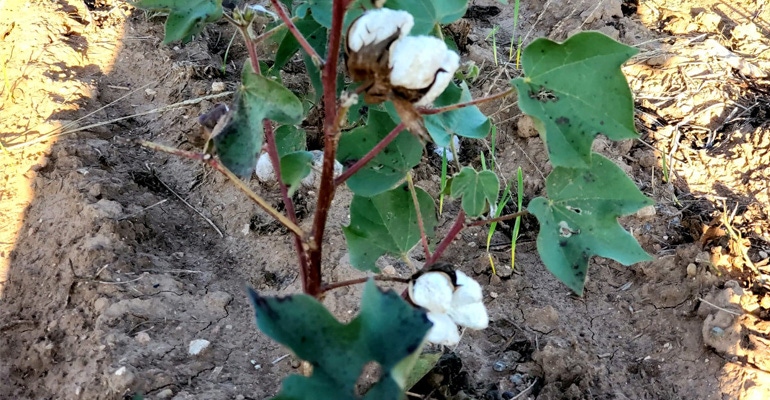
A long, parched, hot summer may have dryland farmers in the Southwest questioning whether to harvest their drought-stressed crop. But before a decision is made, an Texas/Oklahoma insurance agent recommends growers first weigh their options.
“Every farmer should take a look at their crop insurance program,” says Kathy Fowler, Fowler Agency, Memphis, Texas. “With crop insurance prices, the projected price was set much higher than what the range is trading at currently, so if you have a crop fairly close to your guarantee, you may want to take a look.”
And while harvest expenses weigh heavily, Fowler, whose agency has been insuring producers since 1988, says, “If you're making somewhere around your guarantee, a little over a little under, with the drop in the price, when you go to look at harvest price for crop insurance, there can be a significant revenue payment.
“So, by the time you have a crop to sell, you may be looking at an LDP pop payment and then some revenue on top of that.”
Plus, if a grower has a yield to put in their database, which will, in turn, keep their rate yield up so that their cost of insurance doesn't go up, Fowler says it may pay to harvest the struggling crop.
“It's going to depend on what kind of policy you have, enterprise optional, and your level of coverage. But you should spend some time penciling out all of these pieces and take a look at what's going to be best for you,” she said last week at the Carnegie Cotton Fall Harvest Tour, Hydro, Okla.
To consider
As growers are trying to make decisions, Fowler says it’s important for them to know their breakeven. “What is it going to cost you to harvest that crop and what can you sell it for? And then look at your guarantees. Look at your dollar coverage and look at what cotton is trading on the board, so you can look at your projected harvest price and then how much it’s going to fall. Then you’ll have an idea what your revenue payment might be. And it's also going to depend on if you have the option of units or enterprise units.”
Also, knowing what the projected pounds might be for each farm as well as the quality will be helpful information when visiting with your insurance agent and trying to weigh your options, she says.
About the Author(s)
You May Also Like






